Logistics costs are too high to "squeeze" the competitiveness of Vietnamese agricultural products to the world
High logistics costs, and great dependence on foreign carriers, make Vietnamese agricultural products exported, despite having many advantages, not competing with other countries, especially Thailand.
On June 23, the Vietnam Fruits and Vegetables Association (VINAFRUIT) and the Vietnam Logistics Business Association (VLA) held a seminar "Improving the Value of the supply chain of agricultural products for Export - effectively linking with the system logistics system". The purpose is to have appropriate solutions and policies; towards sustainability among stages in the supply chain of agricultural exports.
At the seminar, Mr. Nguyen Thanh Binh - President of VINAFRUIT - said that although Vietnamese vegetables and fruits have a large output, more than 34.7 million tons (of which, vegetables of all kinds are more than 16.1 million tons; fruits of all kinds 18,6 million tons) but the proportion of products meeting export standards is low, many types of manufactured products have not yet met market demand. Infrastructure is both inadequate and inadequate, post-harvest losses are very high, about 30-35%.
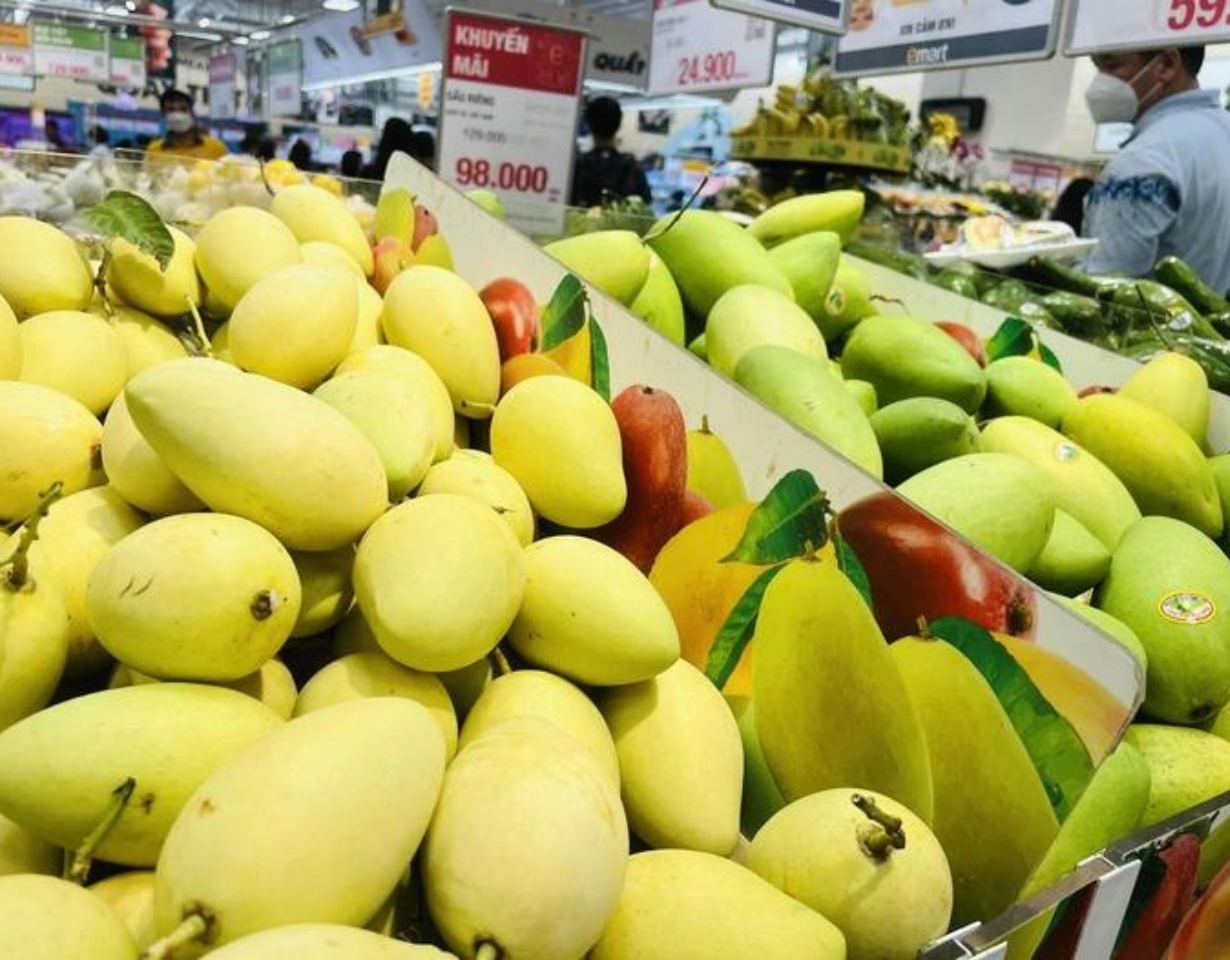
As an agricultural product exporter using air freight from the very beginning, Mr. Nguyen Dinh Tung, director of T&T Vina, said that logistics accounts for more than 30% of the business's revenue, not to mention the expenses. fees for importing fruits, irradiation... Therefore, the business has very little profit.
Mr. Tung cited the fact that many enterprises exporting agricultural products depend on foreign airlines, the prices are raised and lowered depending on the firms. As for transportation by rail, road, waterway... fruit is very perishable, the competitiveness is already low, even lower.
"Therefore, I think first of all, it is necessary to pay more attention to investing in transport infrastructure to raw material areas so that farmers, cooperatives, and businesses have the opportunity to bring agricultural products to markets.
It is necessary to plan the construction of agricultural logistics centers: to have cool storage for sorting, preserving and preliminarily processing to improve quality and stabilize prices," Tung proposed a solution.
Meanwhile, Ms. Nguyen Tu Uyen, director of CMU Logistics Company, also acknowledged the paradox of Vietnamese agricultural products' exports with many advantages but disadvantages, less competition with Thailand.
"Compared with neighboring countries in the region, specifically Thailand, Vietnamese agricultural products face challenges because Thailand has many flights to the US, Europe, Australia, the Middle East ... the frequency is regular every day. There are 70 destinations in Asia, India, and the Middle East, Thailand's transport price to international markets is lower than Hanoi and Ho Chi Minh City from 1 - 1.2 USD/kg," Ms. Uyen said.
Ms. Uyen also mentioned the concerns of exporters when there is a lack of logistics facilities in raw material areas.
She pointed out: "We are in the lychee season, if you want to export to the US, then move the fabric from Bac Giang province to Noi Bai airport, then back to the airport in Ho Chi Minh City. Then take it to the packing factory, and continue to move the fabric. to the irradiation factory, then drag it to the port to export. Too many stages, so the price is very high, not to mention the quality is not as fresh as just picked in the garden."
Ms. Uyen proposed solutions to increase investment in logistics infrastructure for agricultural products, especially in concentrated and key agricultural areas, such as the Mekong Delta. Connecting waterways, roads, and railways to promote the overall strength of domestic logistics.
Agricultural product logistics enterprises need to build a supply chain service model from raw materials, transportation, plant quarantine treatment, irradiation, customs documents, and packing...
Related Posts
New Posts
- Vietnam Holiday Announcement
- PPL contributes to the success of the Greater Changhua 2b&4 Offshore Wind Farm Project
- Update on the Nam San 3 (Laos) Project February 2024
- PPL HAPPY NEW YEAR 2024
- LUNA NEW YEAR HOLIDAY 2024 ANNOUNCEMENT
- PPL CONDUCTS A CHARITY PROGRAM OF FREE MEDICAL EXAMINATIONS, CONSULTATIONS, AND MEDICATION DISTRIBUTION IN THAI BINH PROVINCE



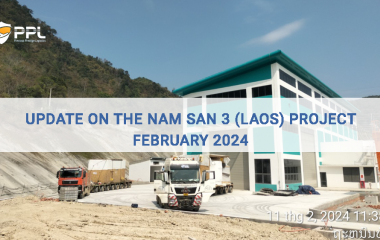
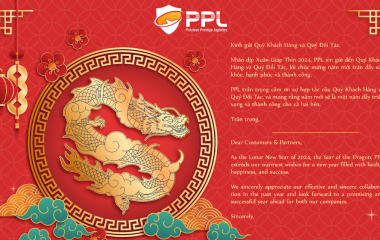
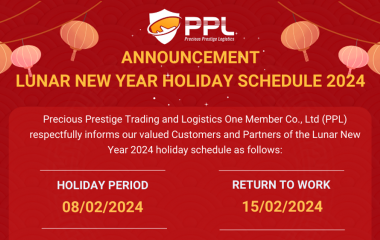
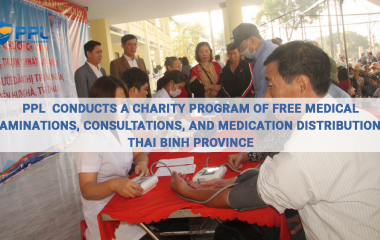
Comments